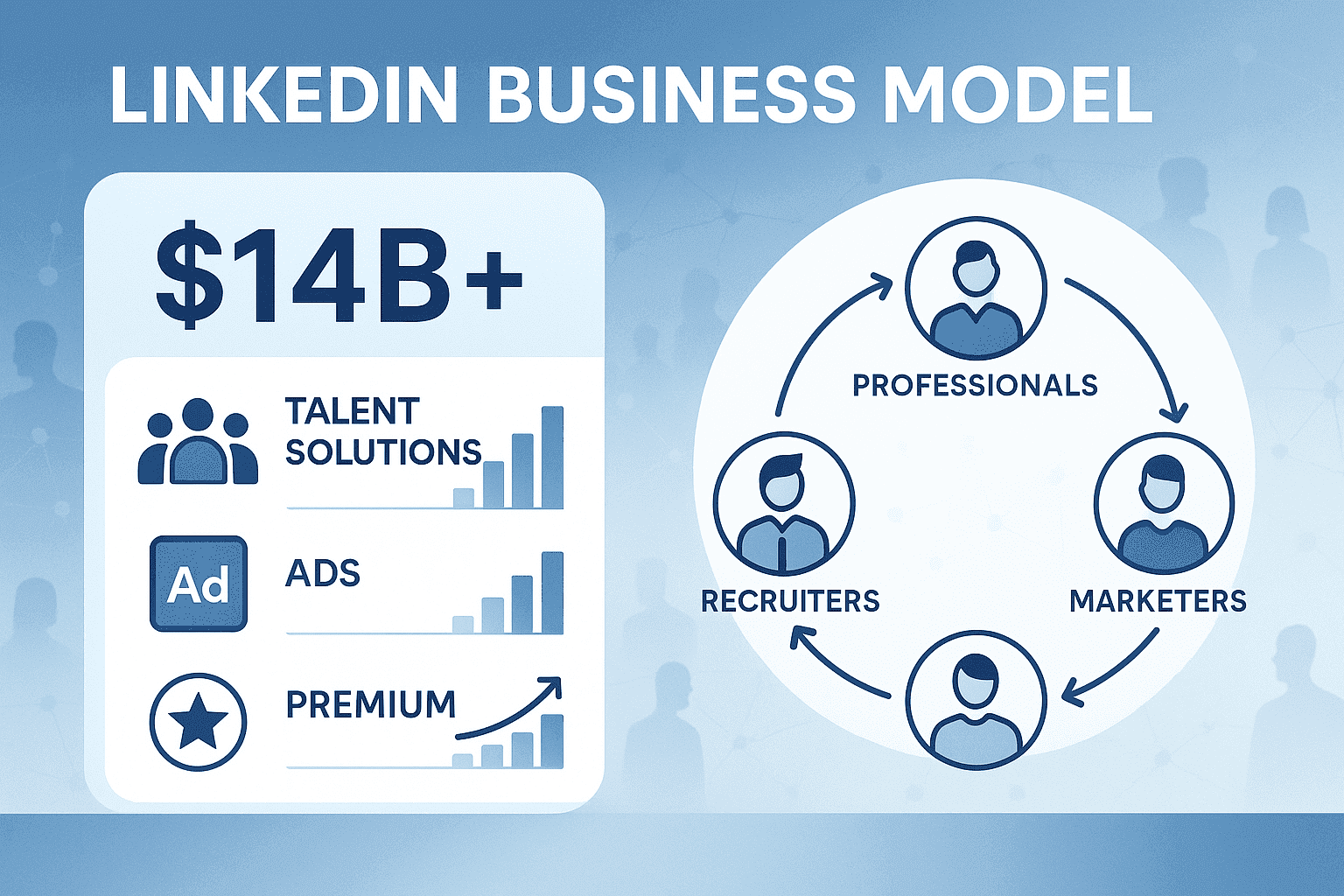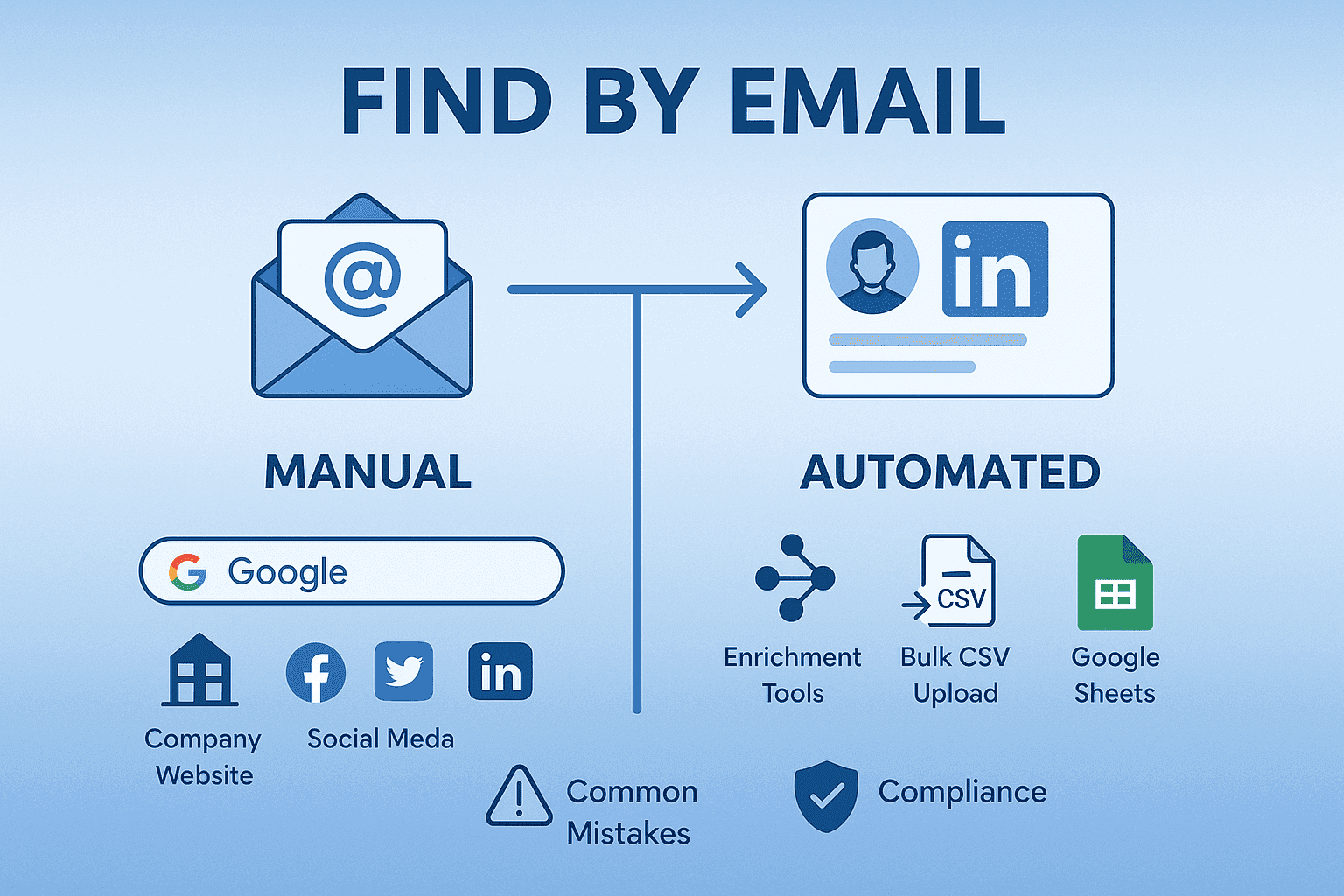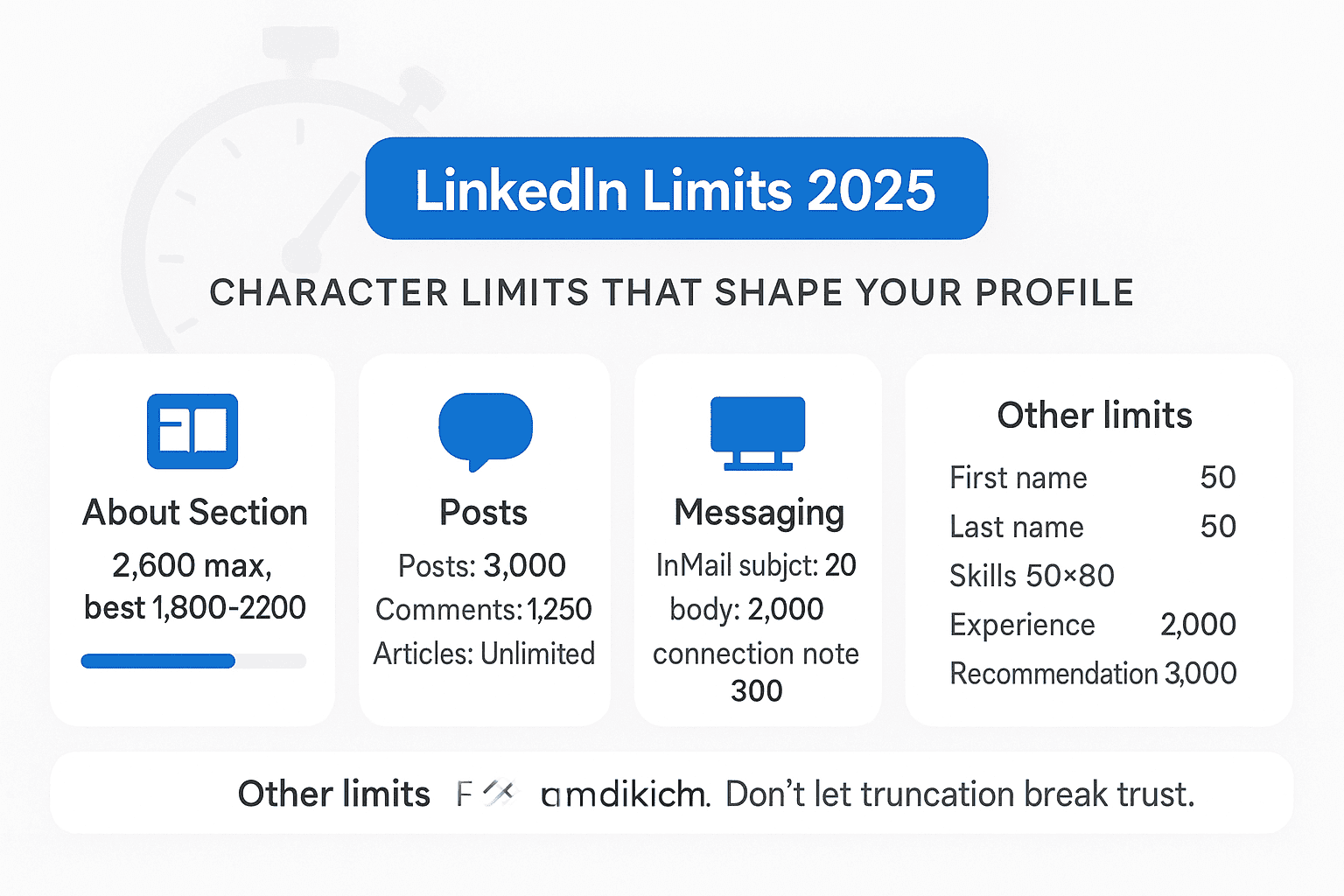LinkedIn Post Hooks: [Types+ 100 Bonus Examples]
Are you a founder posting consistently. But most of your updates? Barely crack 10 likes.
As a founder, that stings. Because I know the content is solid the value is there. The problem isn’t what I’m saying. It’s how I’m starting.
On LinkedIn, the first line is the make-or-break.
And without it, even great ideas vanish in the feed.
In this guide, I’ll break down why hooks matter, the types that actually work, and 100 ready-to-use examples to make your posts impossible to ignore.
LinkedIn Hook Examples (Weak vs Strong)
A weak hook kills your post before it starts.
Let’s compare side by side.
| Hook Type | Example | Why It Works (or Doesn’t) |
|---|---|---|
| Weak Hook | “Today I want to talk about marketing funnels.” | Flat. No tension. No curiosity. It feels generic and forgettable so readers keep scrolling. |
| Strong Hook | “I wasted $10K on ads before I learned this funnel secret.” | Immediate pain. A costly mistake. And a clear promise of value. It grabs attention and pulls readers in. |
That’s the difference.
One hook makes you yawn. The other makes you click see more.
Another Example:
- Weak: “Posting consistently helps with visibility.”
- Strong: “Posting daily killed my reach. Here’s why.”
See it? The weak version is advice. The strong version is a story plus contradiction. Humans love contradictions.
Takeaway: don’t write neutral lines. Write hooks that create curiosity or conflict.
Manipulate the Power of LinkedIn Hooks
Hooks are leverage.
A strong hook triggers the “see more” click.
That click signals the LinkedIn algo: this is worth reading.
More clicks → more impressions.
More impressions → more engagement.
More engagement → more pipeline.
Here’s why it matters:
- Short-term: Hooks get your post noticed today.
- Long-term: Hooks build an audience that trusts you tomorrow.
The difference between a mediocre post and a viral post is rarely the body.
It’s the hook.
How to Craft the Perfect LinkedIn Hook?
Hooks aren’t luck. They’re engineered.
3 rules:
-
Short. Max two lines. Ideally one.
-
Tension. Create conflict. Spark curiosity.
-
Specific. Speak directly to your ICP.

Tactics to use:
- Numbers: “3 lessons from my first $10K client.”
- Contradictions: “More content isn’t the answer.”
- Vulnerability: “I was embarrassed when this happened…”
- Social proof: “This post got me 500K views. Here’s why.”
Think of the hook as a promise.
Your body is the delivery.
Types of LinkedIn Hooks
Curiosity-Based Hooks
Humans hate open loops.
We need closure.
That’s why curiosity works. It teases. It withholds.
Examples:
“The advice everyone gives on LinkedIn is dead wrong.”
“I almost quit posting last year. Then something happened.”
“This one post changed my career. Here’s what I learned.”
Curiosity is the Netflix cliffhanger of LinkedIn.
Problem-Solving Hooks
Pain grabs attention.
Solutions keep it.
Problem-solving hooks call out what’s broken. Then promise to fix it.
Examples:
“If you’re stuck at 100 likes per post, this is why.”
“Most recruiters are using LinkedIn wrong. Here’s the better play.”
“Founders: your DMs aren’t broken. Your hooks are.”
Call out pain. Then hold the cure.
Personal Story Hooks
People buy people. Not frameworks.
Stories hook because they feel human.
Examples:
“Three years ago, I was broke and invisible. LinkedIn changed that.”
“My first post flopped. My second flopped. Post #33? It landed my first client.”
“Losing my job was the best thing that ever happened.”
Stories create connection. Connection creates trust. Trust drives action.
Hook Templates That Generate Traction on LinkedIn
Here are the battle-tested formats. Plug in your own context.
-
“I [struggled / failed / learned] with X. Here’s what I’d do differently.”
→ Honest. Relatable. Educational.
-
“Most [role] think they need X. What they actually need is Y.”
→ Challenges assumptions. Creates tension.
-
“I tested [strategy] for [timeframe]. These were the results.”
→ Data-driven. Perfect for credibility.
-
“If you’re a [role], stop doing X. Start doing Y.”
→ Directive. Clear value.
-
“Everyone says [belief]. Here’s why that’s wrong.”
→ Contrarian. Sparks debate.
-
“How I went from [pain state] to [result] in [timeframe].”
→ Story-driven. Works across industries.
Don’t memorize all 6. Pick one. Use it consistently.
How to Use These Hook Templates
Here’s the workflow:
- Pick your audience. Founder? Recruiter? Marketer?
- Identify their pain or desire. Leads, reach, visibility, credibility.
- Choose a template. Problem-solving if they want a fix. Story if you want connection. Curiosity if you want scale.
- Write 5 variations. Don’t settle for the first draft. The best hook often shows up at attempt #4.
- Test and track. Use analytics tools like OutX.ai to see which version actually works.
That’s how you build a system, not just luck into viral posts.
Workflow Automation Setup
Writing daily hooks can feel like a grind.
Automate the boring parts.
Here’s how:
- Collect winning hooks. Use OutX.ai to track posts with high expand rates.
- Tag them. Curiosity. Problem-solving. Story.
- Save them. Drop into Notion, Google Sheets, or even a Slack channel.
- Rotate. Monday: Curiosity. Wednesday: Problem. Friday: Story.
With a system, you never sit at your desk thinking: “What should I write today?”
That’s how you create consistency without burning out.
Measuring Hook Effectiveness
Don’t guess whether your hooks work. Measure them.
Here’s how:
- Expand Rate → number of “see more” clicks ÷ impressions. If people aren’t expanding, your hook didn’t land.
- Engagement Rate → (likes + comments + shares) ÷ impressions. High expands but low engagement? The hook is fine, but the body fails.
- CTR → for posts with links. A strong hook drives curiosity into clicks.
Mini Case Study:
One client posted twice a week. Both posts got ~10K impressions. Post A had 3% expand rate. Post B had 12%. Same audience. The difference? The hook. Post A started with “Let’s talk about sales funnels.” Post B started with “I wasted $10K on ads before I learned this.”
Guess which one drove 5 inbound leads?
Avoiding Common Mistakes
-
Writing essays as hooks.
The hook’s job is to pull readers in, not to explain everything. Cut it down. If your first line is more than 200 characters, you’ve already lost.
-
Overhyping.
If the hook promises the world and the body delivers fluff, you’ll burn trust. Hooks are powerful, but only when the content pays off.
-
Copying without context.
“Hot take” hooks go viral once. Not forever. Copying them blindly makes you blend in, not stand out.
-
Starting with yourself.
Readers don’t care about you yet. They care about their problems. Make your hook about them first. You can bring yourself in later with stories.
Conclusion: Hooks Are the Game
If LinkedIn feels crowded, it’s because it is. Thousands of posts every hour. Endless noise. And yet, some creators still cut through.
It’s not luck. It’s hooks.
The hook is the leverage point. It’s the domino that tips the whole chain. Without it, your best post sits in silence. With it, even a simple idea can spark thousands of impressions, comments, and—most importantly—conversations that lead to business.
Look back at the patterns:
- Curiosity hooks spark clicks.
- Problem-solving hooks show authority.
- Story hooks create connection.
When you rotate across these three, you build balance. You become someone worth following. Not just a voice shouting into the void.
But remember: the hook isn’t the endgame. It’s the entry point. The body of your post still needs to deliver. Otherwise, you’ll train your audience to stop trusting your first line. The best creators know how to connect promise with payoff.
Next Steps
So, what should you do now?
- Build your hook bank.
- Write five hooks for every post.
- Test them. Track them. Double down on the ones that work.
And if you want to go beyond guesswork, use tools like OutX.ai to see what’s actually working in your niche. Hooks aren’t art alone. They’re data, too.
The opportunity is sitting right there. LinkedIn isn’t slowing down. Attention is only getting harder to earn.
Creators who master hooks today will own the audience tomorrow.
The choice is simple: write lines that vanish… or write hooks that compound.
Start with the first line. The rest will follow.
FAQ
Q: Should every LinkedIn post have a hook?
Yes. Every single one. Even carousels and videos. If the first line doesn’t stop the scroll, the rest doesn’t matter.
Q: Can I reuse hooks?
Absolutely. Most of your audience didn’t see your post the first time. Recycling winning hooks is smart, not lazy.
Q: How long should a hook be?
Shorter than you think. 1–2 lines. Max 200 characters. Your job is to earn attention, not explain.
Q: Aren’t hooks just clickbait?
Bad ones are. Good hooks set up a promise and deliver real value in the body. Clickbait disappoints. Great hooks deliver.
Bonus Section:
Plug and Play: 100 LinkedIn Hooks to Make Your Posts Go Viral
Here’s the full swipe file.
Hooks to generate Curiosity(1–35)
Curiosity is the open loop. You dangle the setup but withhold the punchline. It forces people to click.
- “Everyone tells you to post more. I’ll tell you why that’s bad advice.”
- “I almost deleted LinkedIn forever. Glad I didn’t.”
- “This post got me 12 inbound leads. I’ll show you how.”
- “I tried posting daily for 90 days. The results shocked me.”
- “The one feature on LinkedIn nobody uses (but should).”
- “I got shadowbanned once. Here’s what I learned.”
- “Most viral posts share the same DNA. Want to see it?”
- “I built a 6-figure business without a website. Thanks to LinkedIn.”
- “The secret isn’t content. It’s distribution.”
- “I write posts in under 10 minutes. Here’s my process.”
- “This sentence made me $20K.”
- “I ignored LinkedIn for 5 years. Biggest mistake of my career.”
- “Do you know what the best day to post is? Not what you think.”
- “I stole my best performing hook from YouTube.”
- “Nobody told me this when I started on LinkedIn.”
- “The algorithm doesn’t hate you. You’re just writing boring hooks.”
- “I learned more about sales from LinkedIn than my last job.”
- “This line cost me a client.”
- “A single DM turned into $50K. Want to know how?”
- “My first post flopped. My second post flopped. Post #27 went viral.”
- “I don’t post for likes. I post for leads.”
- “Why your posts don’t get reach (and how to fix it).”
- “This graph explains everything about LinkedIn growth.”
- “I copied a strategy from TikTok. It worked on LinkedIn.”
- “I didn’t believe in hooks until this happened.”
- “How many times should you post per week? My answer.”
- “The difference between 200 views and 200K views is one line.”
- “This is why nobody reads your posts.”
- “I tested 100 hooks. Here’s what worked best.”
- “This was my most embarrassing LinkedIn moment.”
- “Hooks aren’t optional. They’re the game.”
- “Want more engagement? Start with this hook.”
- “This is how I get 40% of readers to click see more.”
- “Why the first line is worth more than the last 10.”
- “The truth about LinkedIn virality.”
Hooks aiming at Problem-Solving (36–70)
These call out pain. Then position you as the solution.
- “Stop doing this if you want more reach.”
- “Founders: posting product updates won’t grow your brand.”
- “Marketers: stop treating LinkedIn like Instagram.”
- “If your posts flop, you’re making this mistake.”
- “Sales reps: quit blasting cold DMs. Do this instead.”
- “Recruiters: your InMail isn’t broken. Your hook is.”
- “Most creators ignore analytics. That’s why they plateau.”
- “Stop worrying about hashtags. Start worrying about hooks.”
- “Want 10X reach? Fix your first line.”
- “Posting without a hook is like fishing without bait.”
- “The reason your posts don’t scale? No tension in your hook.”
- “Leads don’t come from likes. They come from clicks.”
- “Most people overthink. Just fix the hook.”
- “Why storytelling beats stats on LinkedIn.”
- “Stop using jargon in your first line.”
- “The hook isn’t the first sentence. It’s the first impression.”
- “Your post is dead if the first line sucks.”
- “Stop chasing views. Start crafting hooks.”
- “Here’s why nobody reads beyond line two.”
- “The one thing killing your engagement.”
- “If you’re still writing long intros, stop.”
- “Hooks > hashtags. Every time.”
- “Why AI posts flop (and how to fix them).”
- “Your thought leadership is unreadable. Here’s why.”
- “Most people bury the lead. That’s the problem.”
- “This is why your posts don’t convert.”
- “The fastest way to double impressions.”
- “Don’t post without this checklist.”
- “Want to build pipeline? Start with hooks.”
- “Stop writing for you. Start writing for them.”
- “Here’s why your carousels flop.”
- “Your job title doesn’t matter. Your hook does.”
- “This is the #1 fix to boost engagement.”
- “Every bad post has one thing in common.”
- “You’re not invisible. You’re unhooked.”
Story types Engaging Hooks (71–100)
Stories make you human. And being human on LinkedIn is still rare.
- “I almost quit LinkedIn. Then I posted this.”
- “I wrote for months. Crickets. Then it clicked.”
- “In 2020, I was broke. In 2025, I run a 7-figure business. Thanks to LinkedIn.”
- “The first post that got me a client? It was terrible.”
- “Losing my job was the best thing that ever happened.”
- “I got laughed at for posting. Now they ask me for advice.”
- “I learned more from failing posts than viral ones.”
- “I posted 100 times before I figured this out.”
- “I used to hate LinkedIn. Now I love it.”
- “This one comment changed everything.”
- “I was embarrassed to share my story. Then it resonated.”
- “My boss told me not to waste time on LinkedIn. Wrong.”
- “The first DM I got from a post still makes me smile.”
- “I posted about failing. It performed better than success.”
- “My dad didn’t understand LinkedIn. Until he saw this.”
- “I was terrified to post. Now it’s routine.”
- “My first viral post wasn’t planned. It was raw.”
- “I shared my biggest mistake. It became my best post.”
- “I wrote about losing $20K. It got me clients.”
- “The scariest post I wrote was the most powerful.”
- “I was rejected 50 times before a post changed my luck.”
- “I didn’t plan to build a business here. It happened.”
- “I shared my worst day. It resonated.”
- “I wrote about burnout. Thousands connected.”
- “My LinkedIn growth didn’t start with strategy. It started with honesty.”
- “The day I cried in my car turned into my best post.”
- “I shared my weird hobby. It landed a client.”
- “People mocked my style. Now they copy it.”
- “I wrote without caring. That’s when I grew.”
- “I shared my truth. It worked.”



